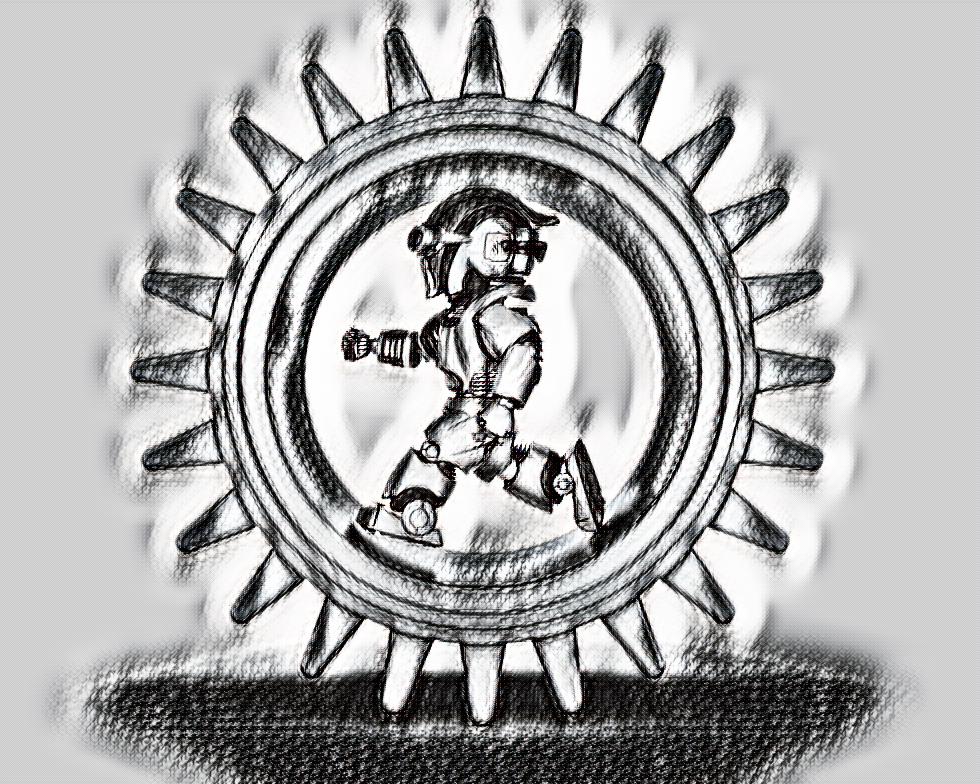How The Mind Works

We Are Biological Machines
Programmed By Our Caregivers

Core Subject 1
How The Mind Works

The MAPP outlines the structure and functioning of the mind at a level suitable for Clinical Psychology. It enhances Standard Attachment Theory and explains how attachment knowledge constitutes the core of personality through its 7 dimensions.
The 5 videos of this section provide a comprehensive overview of these topics.
Attachment Theory
Standard Attachment Theory (SAT), its origin, and main concepts. The SAT was initiated by John Bowlby with significant contributions from Mary Ainsworth and Mary Main. The MAPP (Mind Architecture, Personality, and Psychopathology) theory enhances the SAT and explains the connection between attachment, personality, and mental disorders.
The Architecture of the Mind
The mind has a complex architecture that can be studied by adopting different approaches. A cognitive-clinical perspective allows us to understand the basic principles of its functioning – which explain the difference between conscious and unconscious thought for example – and identify the modules that are clinically more relevant. The attachment motivational system and data structure are the core of our socio-psychological nature.
Motivational Systems
All we do is motivated. No matter if we consciously know the reasons for our actions or not. The motivational systems are the drive of what we do. 19 of them can be identified and explain our individual, social, and global activity. Together, they generate our motivational dynamics, of which the attachment motivational system is – directly or indirectly – at the core.
Attachment and Personality
Attachment is the knowledge core of our personality. Early in life – roughly, between 6 months and 6 years – we get for the first time imprinted the 7 attachment dimensions: 7 fundamental pieces of information that constitute the socio-psychological firmware of our mind. They are connected to possible psychological discomfort and are termed accordingly: disorganization, avoidance, ambivalence, phobicity, depressivity, somaticity, and obsessivity.
The 7 Dimensions of Personality
Since attachment is the knowledge core of personality, their dimensions coincide. In other words, the 7 attachment dimensions are the 7 dimensions of personality: disorganization, avoidance, ambivalence, phobicity, depressivity, somaticity, and obsessivity. Here is an overview. Each dimension will be covered in more detail in the following videos.
F.A.Q.
How The Mind Works
Attachment is the deep bond that we establish with the persons of our life that we – implicitly or explicitly – consider a source of care. What a child has toward their mother is the prototypical attachment bond. However, we build attachment bonds throughout our entire life, and especially with our romantic partners. More technically, attachment is both an intrinsic motivation and the knowledge that we build while driven by it.
The MAPP considers an architecture of the mind suitable for clinical psychology. Such an architecture is built at an adequate level of abstraction, which allows us to identify the mental structures and functions most relevant to understand our thoughts and feelings – i.e. the clinical-psychological phenomena. It clarifies, for example, the difference between conscious and unconscious thought or that between motivational and data systems.
Attachment provides the knowledge core of personality. In the early stages of our life – between 6 months and 6 years – we acquire implicit (non-verbal) information about others and ourselves that constitutes the basis of our socio-psychological knowledge. This elementary information – over 7 dimensions – is imprinted in our brain during attachment interactions and forges our personality. We are biological machines programmed by our caregivers.
The motivational systems are neural circuits that generate intrinsic motivations, i.e. motivations that are innate and universal (they do not need to be learnt and are present in every element of the species). We are evolutionarily endowed with a set of intrinsic motivations – drives toward certain goals, such as eating, exploring, defending, competing, and cooperating. The child attaches to their mother, and the mother gives care to their child both driven by such motivations.
Personality is divided into dimensions because attachment is. More specifically, we acquire implicit (non-verbal) attachment knowledge over 7 dimensions – disorganization, avoidance, ambivalence, phobicity, depressivity, somaticity, and obsessivity – and this knowledge constitutes the core beliefs of our personality.
